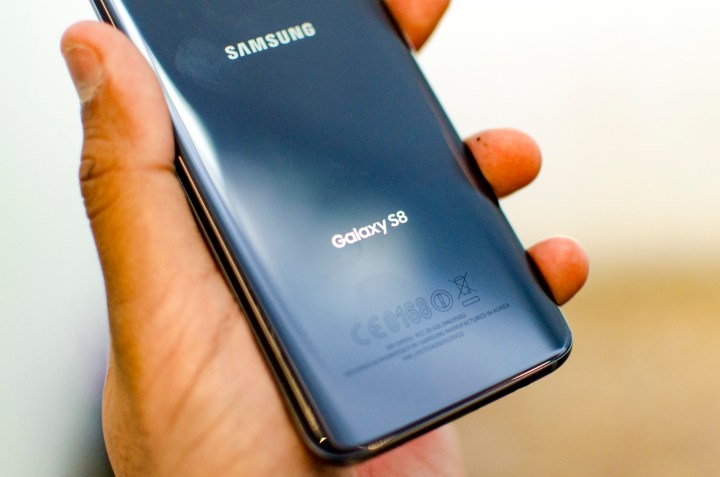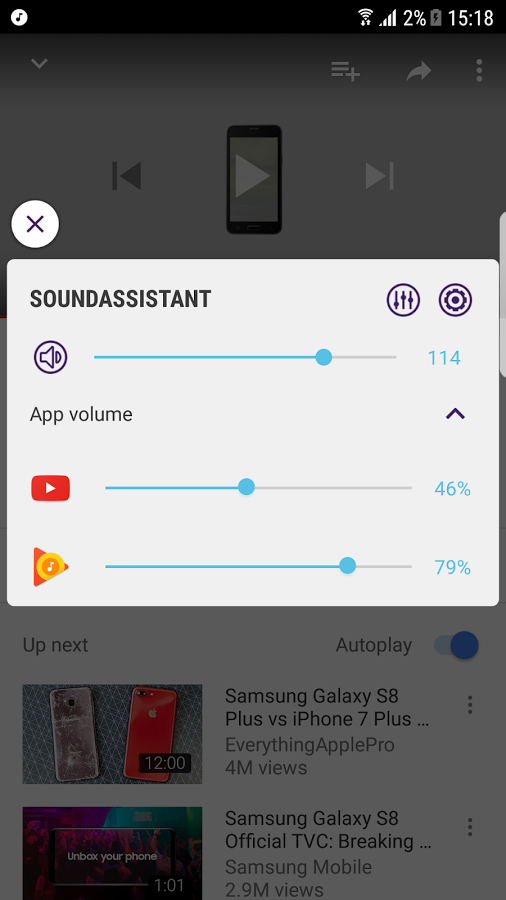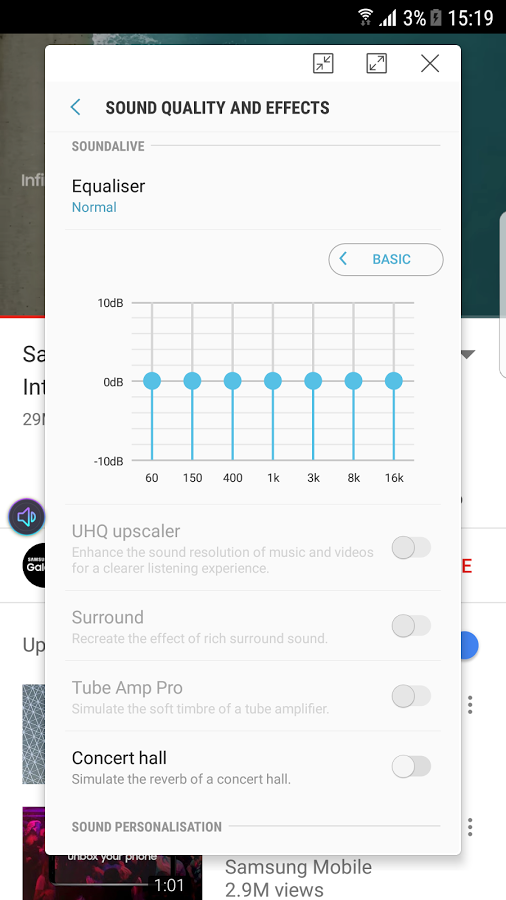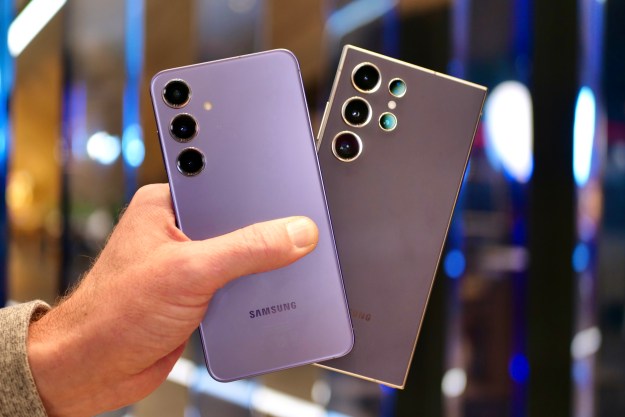
With SoundAssistant, you can set volume for individual apps and reconfigure the phone’s hardware keys to control media volume, rather than the ringer. If you are a Galaxy S8 or S8 Plus owner, you can preset output methods for each app. In other words, you can direct Spotify to default to a Bluetooth source, for example, while routing a game’s audio to your handset’s speakers.
The app also allows for 150 steps of precise volume control, as well as a pop-out, floating panel for manipulating equalizer settings and left/right balance. Users can set audio profiles, called Scenarios, and schedule them to automatically activate during certain times of the day or week.
Currently, Sound Assistant is limited to Samsung products running Android 7.0 Nougat. That’s a shame, because many of the features on offer here are quite helpful and haven’t been possible with audio apps currently sold through the Google Play Store, thanks to limited system access and permissions. Of course, Samsung doesn’t have to worry about such things when releasing an app for its own hardware — but that doesn’t mean Google and other manufacturers shouldn’t take note.
In terms of the audio experience, the Galaxy S8 is something of a conflicted product. On one hand, it is one of the few phones on the market to feature Bluetooth 5.0, which supports four times the range, eight times the data throughput, and double speed of previous versions. It also means the Samsung’s flagship can stream audio to two different devices simultaneously. Also, there’s the presence of a headphone jack — which is becoming increasingly rare among modern smartphones.
At the same time, the Galaxy S8 lacks the Quad DAC chip of some versions of the LG G6, or anything comparable to the BoomSound front-facing speakers that have made HTC somewhat famous. Samsung opted for a single, bottom-firing speaker on the device, which is often covered by users’ hands — so the placement is a bit awkward.
Nevertheless, Samsung delivered something audiophiles are sure to appreciate with SoundAssistant. You can check the app out for yourself on the Play Store.
Editors' Recommendations
- A surprise phone just beat the Galaxy S24 Ultra in a big way
- 5 phones you should buy instead of the Samsung Galaxy S24 Ultra
- Why I ditched my iPhone 15 Pro for the Samsung Galaxy S24 Ultra
- I’m a lifelong iPhone user. Here’s what I think about the Samsung Galaxy S24
- You won’t believe how I improved my phone’s battery life





